What to plant after cucumbers?

You can just plant a garden, or you can do it strictly according to science. There is such a concept of "crop rotation", and it would be strange to think that it is used only by professional farmers. In fact, the yield depends on which crop preceded the cultivation of the real one, and not only.

Therefore, for example, the question of what to plant next year after cucumbers should be taken responsibly.
Best options
Crop rotation is called a competent alternation of crops on a site. It is based on the requirements of plants, on the characteristics of their root system, on what diseases and pests most often attack them. Thanks to crop rotation, you can increase yields and rational use of even the most modest area.
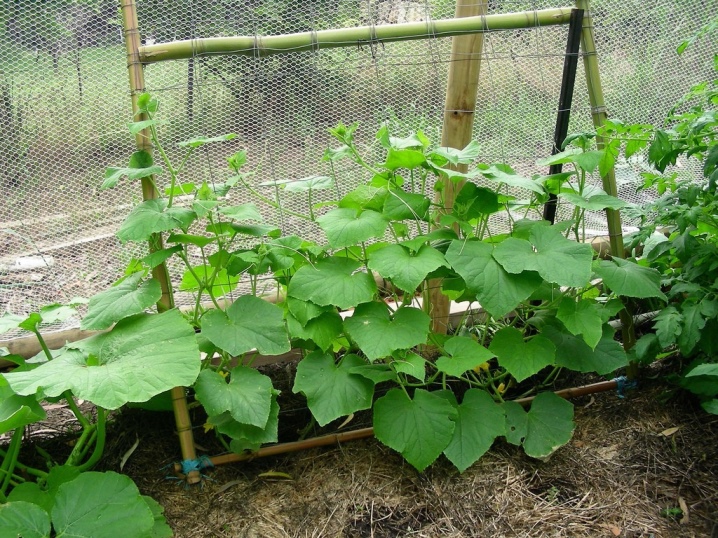
Why can't the same crop be planted in the same place:
- the soil is depleted, because the plants year after year, at the same depth, take away the nutrients from it;
- causative agents of dangerous diseases and pests accumulate;
- the roots of some plants are capable of releasing toxins, and followers can be especially sensitive to them.
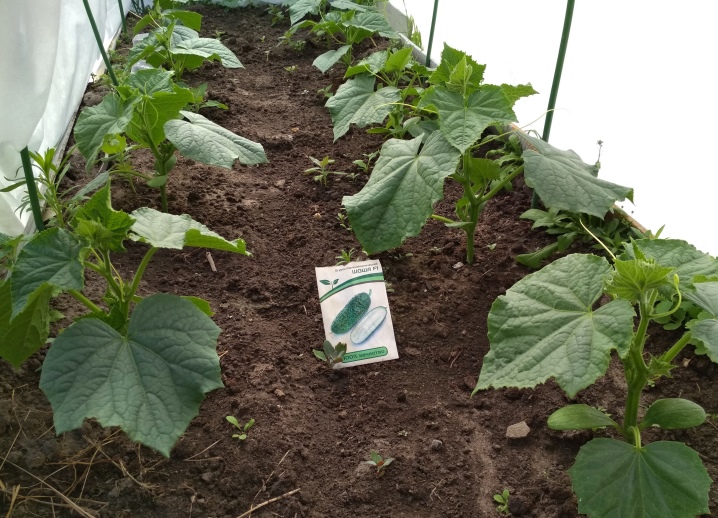
With the correct crop rotation, all of the above is leveled. And soil resources, which will be used more rationally, are worth saving. If some summer resident alternates related plants in one place, it will not be better: they feed at about the same level, get sick with the same thing, and therefore all the risks remain.
The next point: the choice of a follower must be taken seriously. Cultivation is dictated by many years of observation and research, because different crops have different requirements for the composition of the soil, for the microclimate, for how much a particular place on the site is illuminated. Usually, in the first year, the most "gluttonous" culture appears on the garden bed, then plants that are more modest in terms of nutritional requirements follow, then the land is significantly fed, rejuvenated, and you can return to planting demanding plants.
If there is an opportunity to leave the place after the cucumbers for the next year empty, then it is better to do so. By the degree of that "gluttony", the cucumber is definitely among the leaders. After the active season, it is advisable to rest in the place where the cucumbers grew. But few people decide on such a relaxation, so they are looking for compromises. For example, you can plant siderates there - the best green fertilizers.
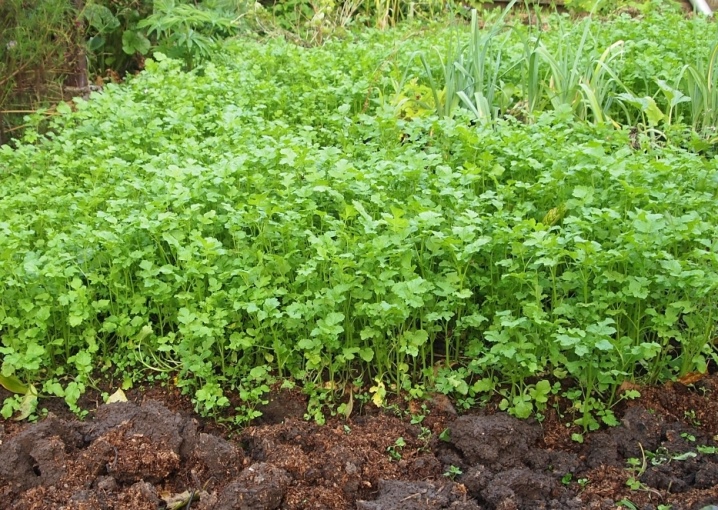
They will not need to be cut and dug up: they will grow, feed the earth with nitrogen, inhibit the growth of weeds, and prevent all kinds of diseases from activating. Finally, it is an opportunity to abandon harsh chemicals.
What are these siderates:
- Legumes - beans, peas, beans, soy. This is not just greenery, which will only restore the soil, it is quite a crop suitable for both seasonal use and conservation. They are also very valuable food products.
- Cruciferous - radish, mustard, rapeseed. Perhaps as active as legumes, they are difficult to use, but they are really very useful, and also decorative. Will look beautiful outdoors.
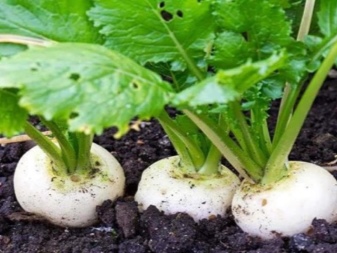
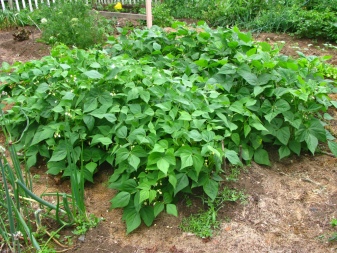
The main advantage of using green manure is that they can become off-season plants. That is, they removed the cucumbers, planted siderates right there, gave them to grow until the very cold, and the job was done. And now, for the new season in the garden, the land for demanding plants is ready, and this is potatoes, and rhubarb, and cabbage, and corn.
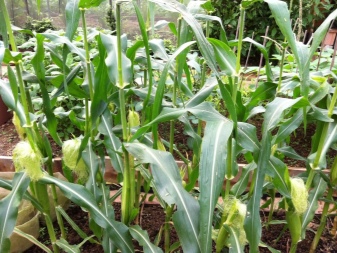
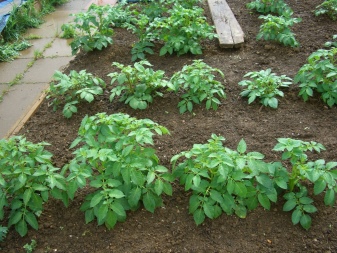
If the stage of planting siderates is skipped, it is better to take a closer look at carrots, beets, radishes, celery, turnips, parsley, radishes. In the role of a follower of the cucumber, these plants are not bad, because the cucumber root system is superficial, but the roots go deep enough underground and they will look for food on a slightly different level. You can also plant onions, garlic, dill and herbs after cucumbers.
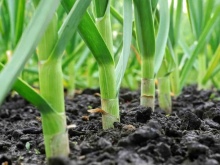
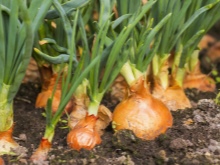
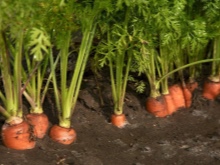
About potatoes - a separate conversation. It is definitely possible to plant it, but you need to remember about the increased demands of this culture, it must be well fed. And potatoes love fertile land and cucumbers, so the soil must be properly fertilized.
There is often a controversy about tomatoes, especially when it comes to a greenhouse. In principle, tomatoes will grow well after cucumbers, there are no particular obstacles. But different plants set different requirements: if the plot itself, the elevation, the illumination coincide, you can plant the tomatoes.
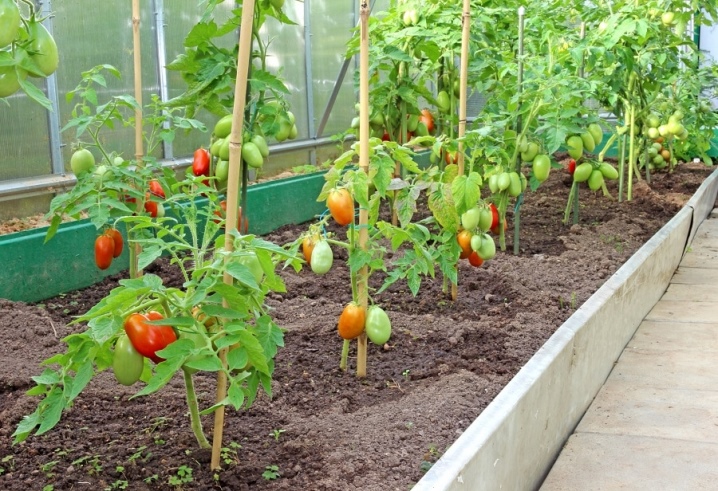
It is important to take into account the comfortable microclimate and conditions.
Finally, the last recommendation - you can get away from fruit crops, vegetables, herbs and turn to ornamental plants. Aster, spirea, clematis, hydrangea grow well in place of cucumbers. You can also plant raspberries, currants and gooseberries in the same place.
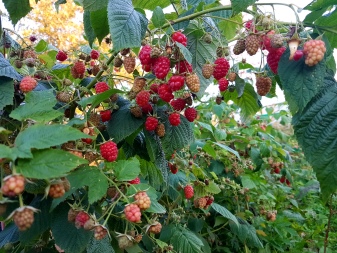
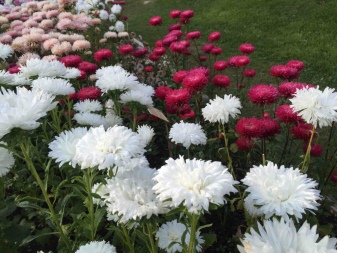
Neutral cultures
There are plants that will grow well after cucumbers and at the same time unload the soil, allow it to rest and recover. The useful siderates have already been mentioned above. Perhaps buckwheat is slightly less useful, but it looks good as a neutral plant. Only first, it is necessary to remove 20 centimeters of earth from the garden, replace them with new soil. And after that, sow buckwheat there. And when it grows up, mow it.
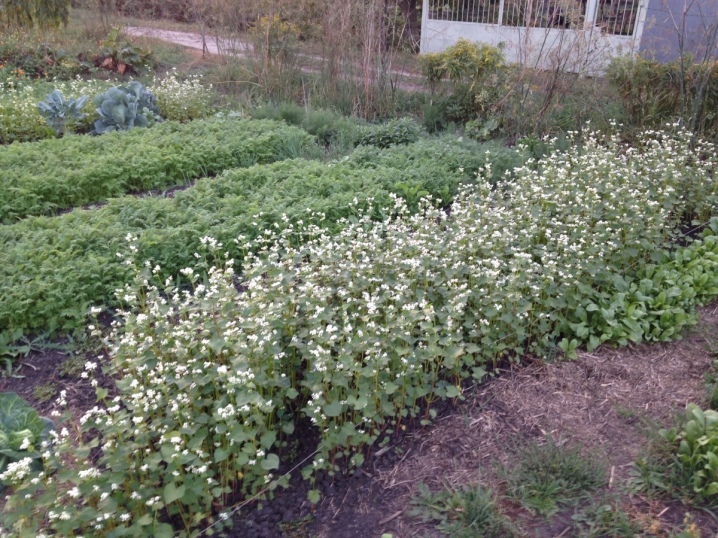
Among the acceptable, but far from the best crops - the followers of cucumbers are peppers, the tomatoes and eggplants already mentioned above. And this is understandable: Solanaceae have different requirements for growth conditions. Cucumbers, for example, like high soil moisture (and they also prefer high air humidity), but tomatoes do not like such indicators - they like soil with more moderate moisture, as well as almost dry air. Simply put, it's about a site that may not be entirely suitable for nightshades.


Although such difficulties usually arise in the greenhouse. And in the open field, nightshades after cucumbers are grown more actively (except for those cases when the cucumber plantings were located in partial shade).
Flowers are often the neutral option. Not everyone likes changing flower beds and other areas allocated for flowers in places. But for the soil and crop yields, this practice is not bad. If, after the cucumbers, marigolds or nasturtium are planted next year, this will be a good compromise solution in the absence of an opportunity to replace it with an even more optimal one.
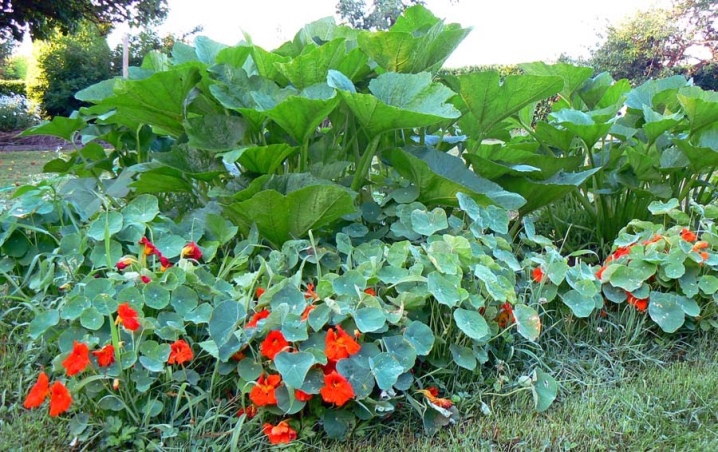
It is necessary to assess the characteristics of the soil, to measure its characteristics with the requests of the plants that are planned to be planted. And remember that cucumbers will always be the primary crop, that is, the most demanding crop that needs to be planted first. And already next to its place will come cultures with lesser demands. Folk wisdom "first tops, and then roots" very competently indicates the principles of crop rotation, and so cucumbers are the very tops, and potatoes and carrots, for example, are roots. So it becomes clear what is going after what.
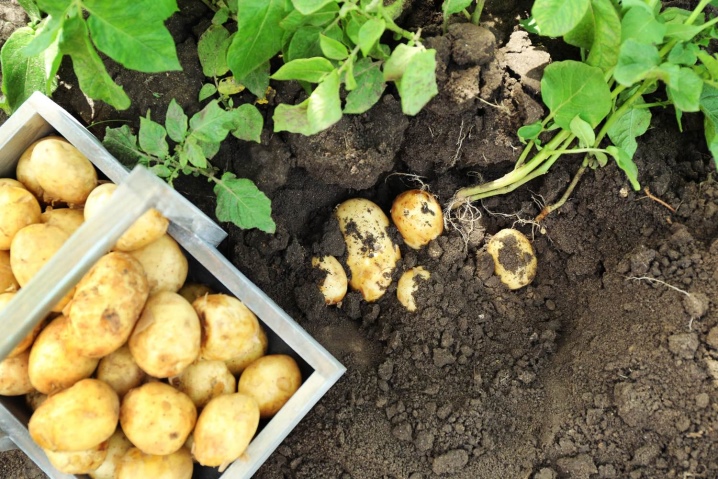
What shouldn't be sowed?
Cabbage is not the most successful follower of cucumbers, although sometimes it is included in the list of favorable ones. But the point is precisely in the exactingness of the composition of the substrate, and after the siderates were planted in the garden at the end of the season, they fed the soil, restored it, cabbage for the next season will be quite appropriate.
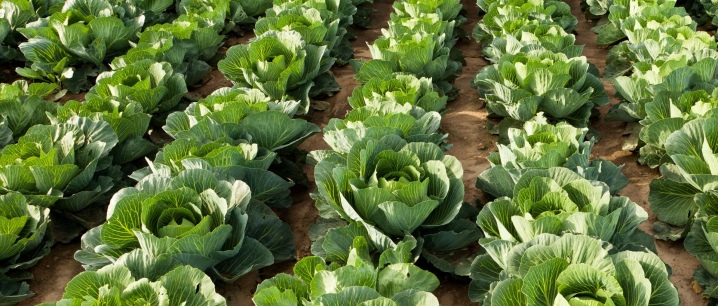
What exactly is not planted after cucumbers:
- pumpkin;
- zucchini;
- squash;
- melons;
- watermelons.

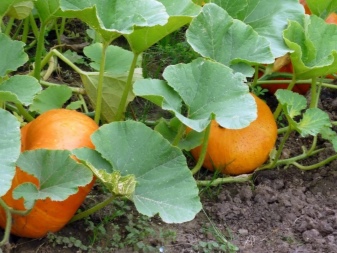
These are related crops as close as possible to the cucumber, they will give an indistinct harvest, because their nutritional needs are the same as those of cucumbers. Soil that is not completely recovered will not yet be able to meet the needs of these plants. This applies to both the greenhouse and open areas.
It is also important what exactly will be next to the cucumbers. The culture will develop well if you plant it next to dill, corn, beets. The same cabbage, which it is better not to cultivate after a cucumber, will grow well next to it. Fennel, spinach, onions, and leafy greens are also great neighbors. Sunflower and corn are even partner plants for cucumber, they are able to increase its yield by 20%. They will protect cucumber bushes from wind, moisture loss, too active sun.
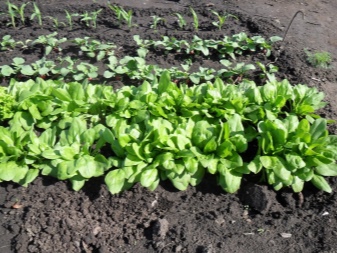
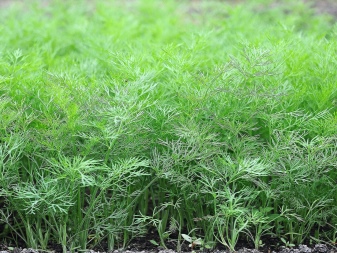
And you can arrange them in the inter-row aisles, maintaining an interval of 40 cm.
If you plant onions next to cucumbers, it will scare away spider mites, and if chives, it will be a reliable protector against powdery mildew. Garlic will take snails away from cucumbers with its smell. Mustard, nasturtium, coriander, thyme, lemon balm, calendula, wormwood, marigolds and tansy will also be useful neighbors for cucumbers. Mustard and tansy will drive away aphids, pests do not like calendula, but at the same time it is attractive to pollinating insects, thyme and thyme will not like whiteflies.
Dealing with crop rotation is easier if you fix on the camera what and where grew. Even on a modest plot with not the most enviable soil, you can achieve a good harvest, taking into account the rules of agricultural technology and crop rotation.
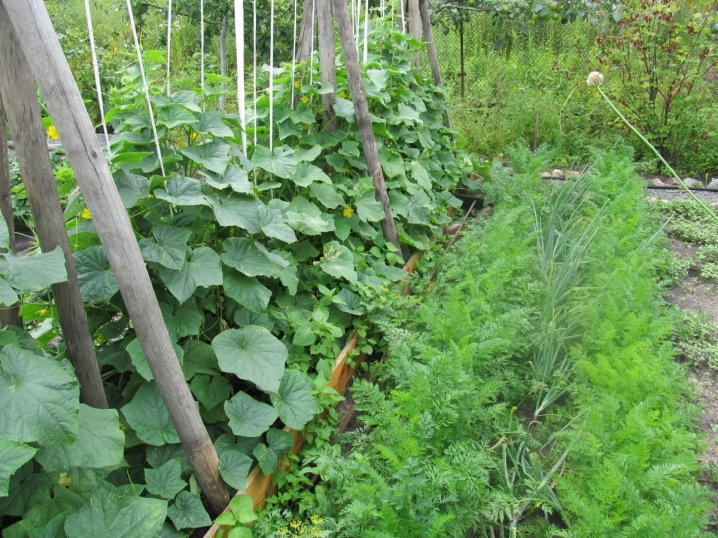













The comment was sent successfully.